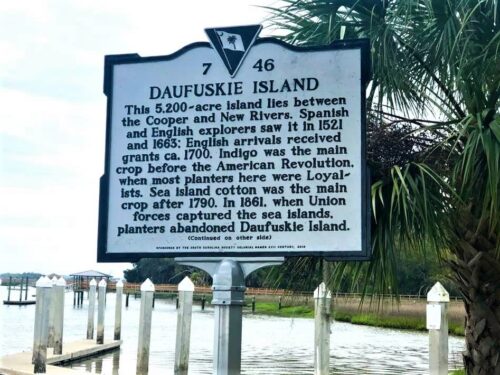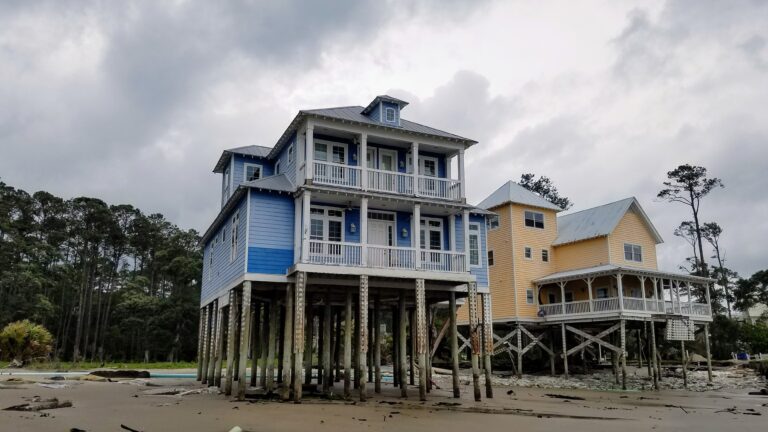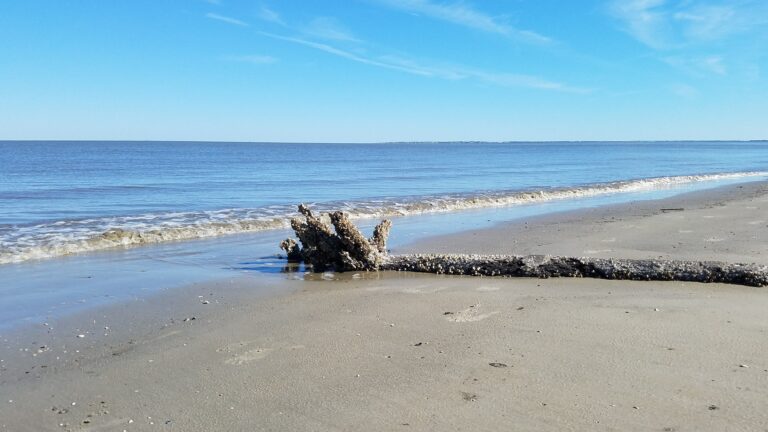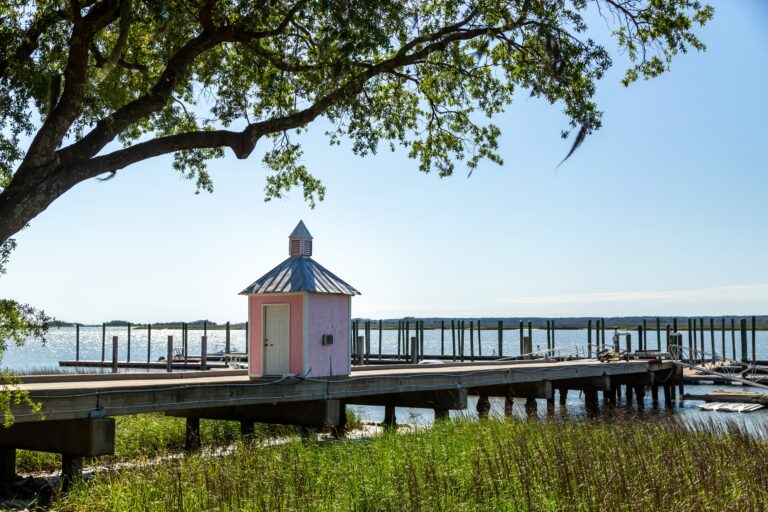Meet the Local Artisans of Daufuskie Island

Stepping onto Daufuskie Island feels like traveling back in time. This secluded paradise – only accessible by boat off South Carolina’s coast – isn’t your typical tourist trap. It’s a living museum where history breathes through the hands of local artisans who keep centuries-old traditions alive while creating jaw-dropping art.
I recently visited this hidden gem and was blown away by how the island’s artists blend Native American influence, European settler history, and the rich Gullah culture into works that tell stories deeper than any history book could. Let me take you on a journey through this magical place where the past and present dance together through art.
The Island That Time (Almost) Forgot
When you first step off the ferry onto Daufuskie’s shores, you immediately sense something different. No bridges connect it to the mainland. No traffic lights interrupt the rhythm of nature. Just dirt roads, swaying palms, and a sense that you’ve discovered something special.
This island isn’t just old – it’s ancient. Archaeological findings include pottery fragments dating back to 7000 BC (that’s older than the pyramids, folks). The peaceful Cusabo Indians lived here first, followed by the Muscogee and Yemassee tribes who appreciated the island’s abundant natural resources.
European settlers arrived in the 1600s, but the most profound cultural influence came from the Gullah people – descendants of enslaved Africans who developed their own distinct language, traditions, and crafts on these Sea Islands.
The isolation of Daufuskie (try getting Amazon delivery here!) actually preserved this unique culture when it might have otherwise disappeared. Today, that cultural legacy lives on through the island’s incredible artisans.
Meet the Magic Makers of Daufuskie
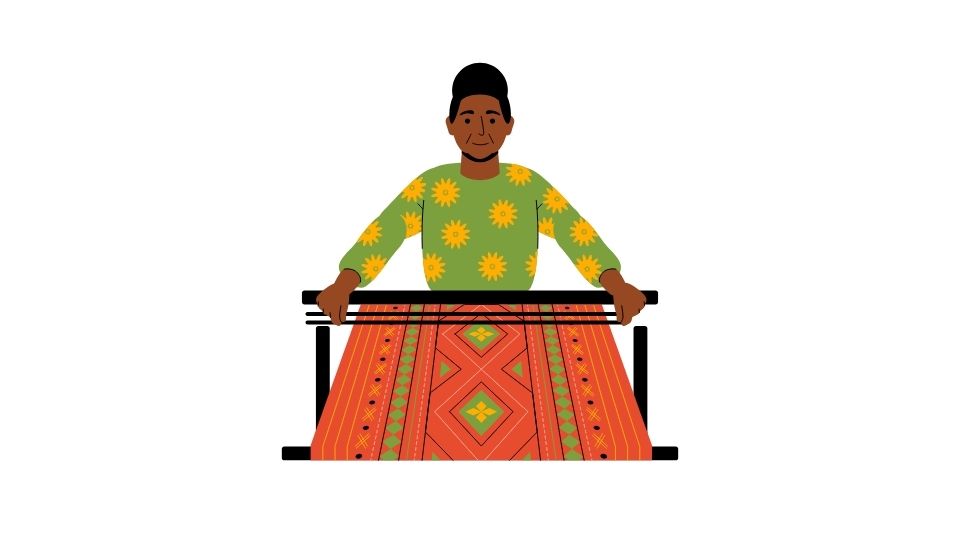
Indigo Magic: Daufuskie Blues
If you’ve ever seen those gorgeous blue-dyed textiles in fancy home stores, you’re looking at a pale imitation of what happens at Daufuskie Blues. Here, artists harvest wild plants from the island to create natural indigo dyes – a practice directly connected to the island’s pre-Civil War indigo plantations.
When I visited their studio, the artists’ hands were literally blue from the dye – a badge of honor showing their commitment to this labor-intensive craft. They create stunning scarves, shawns and textiles imprinted with island motifs like sand dollars and sea turtles.
What makes this extra special? The slow, intentional process that can’t be rushed or mass-produced. Each piece carries the island’s spirit in every fiber.
Where Earth Meets Art: Silver Dew Pottery
At Silver Dew Pottery (run by Lancy and Emily Burns since 1997), I watched in awe as they incorporated actual pieces of island history into their work. These aren’t just pretty clay pots – they’re time capsules containing ancient pottery shards, colonial artifacts, and black Daufuskie sand.
Every piece gets a unique symbol etched on the base – maybe a starfish or palmetto tree – and each is individually numbered and signed. It’s like owning a piece of the island’s soul.
And don’t worry – all their pottery is lead-free, so you can actually use that beautiful mug for your morning coffee instead of just displaying it.
Metal Meets Imagination: Iron Fish Gallery
If you’re into more contemporary art, Chase Allen’s Iron Fish Art Gallery will blow your mind. His whimsical metal sculptures of fish, mermaids, and sea creatures capture the island’s coastal spirit through twisted metal and creative welding.
The outdoor gallery itself is an experience – artwork hanging from trees, propped against fence posts, and swinging in the ocean breeze. It’s earned multiple awards and perfectly represents how traditional island inspiration can fuel modern artistic expression.
Experience the Magic Yourself: Artisan Tours
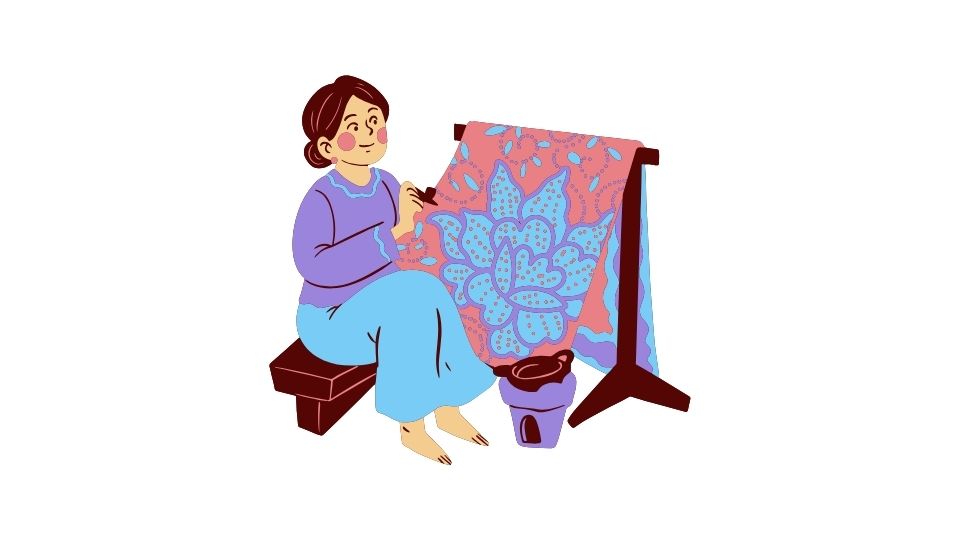
I highly recommend booking the Daufuskie Island History & Artisans Tour if you visit. This 4.5-hour guided experience includes round-trip boat transportation from Hilton Head, golf cart exploration of the island, and visits to all the amazing artisan studios.
The tour guides are phenomenal storytellers who weave together the island’s complex history while introducing you to the artists themselves. There’s something magical about watching these craftspeople work, hearing about their techniques, and then having the opportunity to purchase directly from them.
The tour also hits significant historic landmarks like the Mary Fields School (featured in Pat Conroy’s memoir “The Water Is Wide”) and the First Union African Baptist Church, which has been a spiritual cornerstone since the 1880s.
Why Supporting These Artists Matters
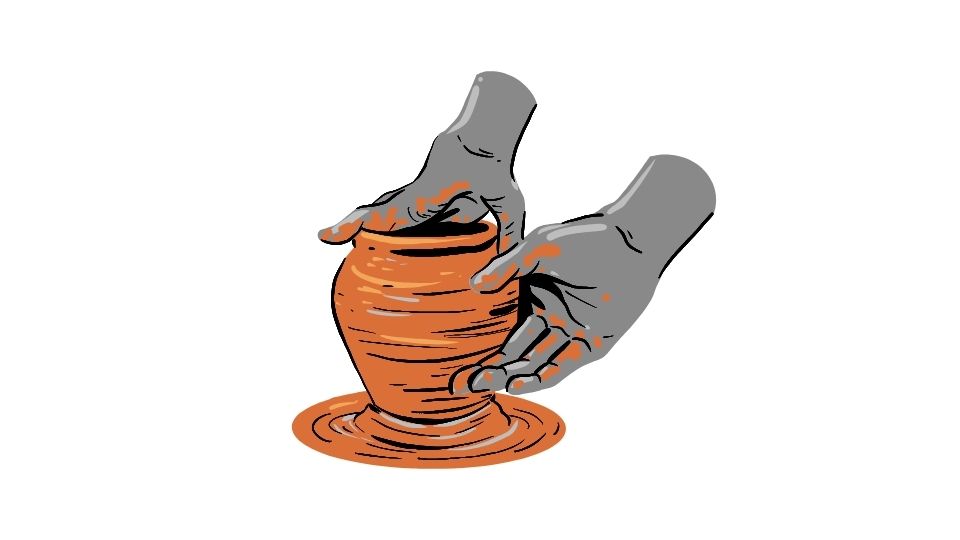
When you buy art from Daufuskie’s artisans, you’re not just getting a unique souvenir. You’re helping preserve craft traditions that might otherwise disappear and supporting a local economy on an island that has resisted commercial overdevelopment.
Unlike nearby Hilton Head with its golf courses and resorts, Daufuskie maintains its quiet, undeveloped charm with uncrowded beaches and a rustic community lifestyle. Every purchase from a local artist helps keep it that way.
Plus, you’ll own a genuine piece of American cultural heritage – something with soul that tells a story, not mass-produced junk from a gift shop.
History Lives Through Art

The efforts to preserve Daufuskie’s cultural heritage are vital to maintaining its artisan traditions. Many historic buildings that were deteriorating after the decline of farming and oyster canning have been restored through historical preservation programs.
These restoration efforts maintain the physical landscape that inspires the artists and keeps the Gullah legacy alive. Without them, we might lose the unique cultural crossroads that makes Daufuskie art so special.
When you hold a piece of indigo-dyed fabric or a pottery mug embedded with local sand, you’re not just holding a beautiful object – you’re holding a piece of living history that connects ancient traditions, African heritage, and contemporary creativity.
So if you’re tired of the same old beach vacation and crave something with more depth, Daufuskie Island should be on your bucket list. Just remember – you can’t drive there. The ferry ride is your first clue that you’re heading somewhere truly special.

